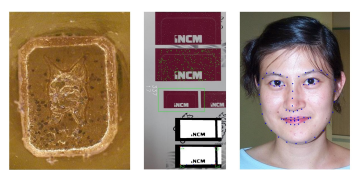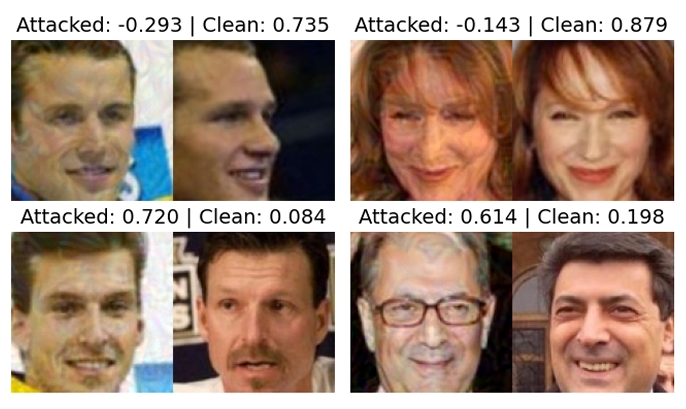
Featured in:
MD Thesis
Authors:
Viviana Abreu
The human face is one of the most used biometric characteristics as a way of identification because it composes a convenient passive and non-intrusive system for verifying personal identity. From the oldest identification documents to the most recent applications applied to mobile devices, its use has become a habit in the daily lives of millions of people, being therefore an area of great interest and the subject of constant evolution. A system based on the biometry of the face refers to the techniques used for extraction, selection and classification of characteristics through human face images. That said, this dissertation aims to study and compare two different techniques, one dedicated to a more traditional approach and the other to a modern perspective linked to pure deep learning, both applied to the context of facial recognition. The first method emerged from the adaptation of an authentication system, created as part of a project developed between the Institute of Systems and Robotics (ISR) of the University of Coimbra with the Portuguese Mint and Official Printing Office, called UniqueMark, where it was developed a mechanism capable of representing a set of points based on individual characteristics or relationships between them, based on global geometric characteristics which, due to the good results obtained, made it interesting to carry out its analysis in other contexts, highlighting the problems of biometrics. This algorithm then consists of a system that receives as input a set of keypoints belonging to certain structured dispersions obtained by detecting the facial landmarks of frontal images of faces, which through the study of heuristic geometric relationships between the detected points returns a histogram with information analyzed between the different points belonging to the same pattern. This histogram is later used in the validation process using the KNN and SVM classifiers. Following the current trends, the second method under study focuses on an approach associated with deep learning, which uses artificial neural networks, more specifically convolutional networks, in which the deep layers of the complex networks function as extractors of sets of characteristics, therefore having the ability to learn directly from the input images. Motivated by low computational complexity, were made attempts to optimize the network architecture chosen for this purpose, MobieleNetV2, through analysis of the trade-off between the number of features and the architecture width, as well as different loss functions (Softmax, CosFace, Sphereface and ArcFace). Therefore, the objective of this dissertation is to understand the drawbacks of the most classic methods in facial recognition, moving to a more recent approach that includes the testing and optimization of models, with special attention to the consumption of computational resources.


© 2024 VISTeam | Made by Black Monster Media

Institute of Systems and Robotics Department of Electrical and Computers Engineering University of Coimbra